Everyone loves man’s best friend, but how much do you know about Fido’s wild relatives? There are more than 30 species in the family Canidae, including domestic dogs. And their diversity might surprise you.
So for the second installment of our new series dedicated to nature, science, and conservation trivia, we’re bringing you eight amazing things you never knew about wild canids.
How did the dingo get to Australia?
For many years, the dingo’s route to Australia remained a mystery. Scientists knew they must have arrived with some seafaring people, but the exact people and time weren’t clear. Now we know: dingoes arrived in Australia ~4,000 years ago in the boats of Indonesian hunter-gatherers from Sulawesi.
In 2016, a group of researchers used both genetic and archeological evidence to determine that the Toalean people from Sulawesi probably obtained dingoes from Borneo and then brought them to Australia 4,000 years ago. The same study determined that dingos evolved in Asia (probably China) and then spread to Southeast Asia.
How and when dingoes arrived on the Australian continent has serious implications for conservation. Like wolves and coyotes in North America, dingoes and dingo-dog hybrids are killed in parts of Australia in an effort to protect livestock. (The state of Western Australia went so far as to classify dingoes as a “non-native” species to make predator control easier.) But many conservationists argue that dingoes should be treated as a native species, given their long history in Australia and the crucial role they play in the ecosystem.
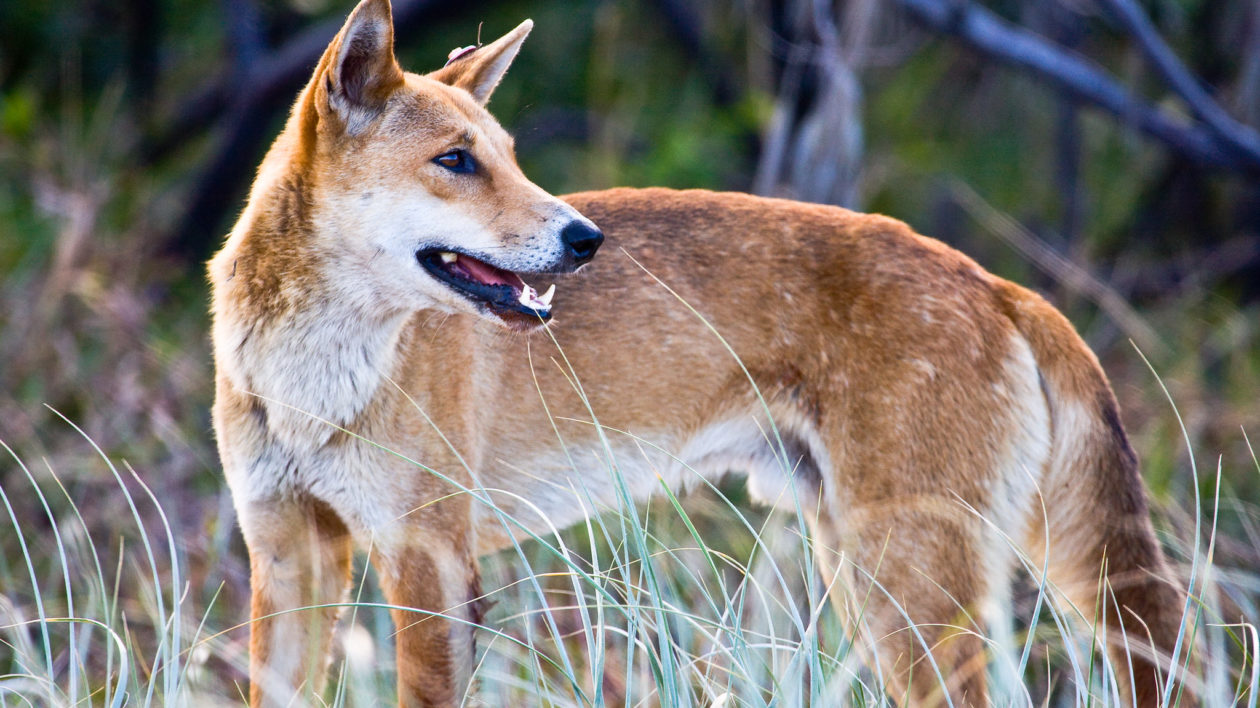
What’s the raccoon dog’s closest relative?
Despite the name, the raccoon dog’s closest relatives are actually foxes. Also called the tanuki, this species is native to Japan and eastern China. They’ve also been introduced to eastern Russia and much of Europe thanks to escapees from the fur trade.
Raccoon dogs are omnivorous, eating birds, fish, insects, rodents, amphibians, reptiles, mollusks, carrion, fruits, berries, and nuts. The enter a state of torpor during winter, allowing them to survive on little to no food for weeks. While they might wake and forage occasionally during this time, their activity is significantly reduced. The depth of their torpor depends on both weather and food availability.
Bonus fact: The tanuki and the gray fox are the only two canid species who regularly climb trees.
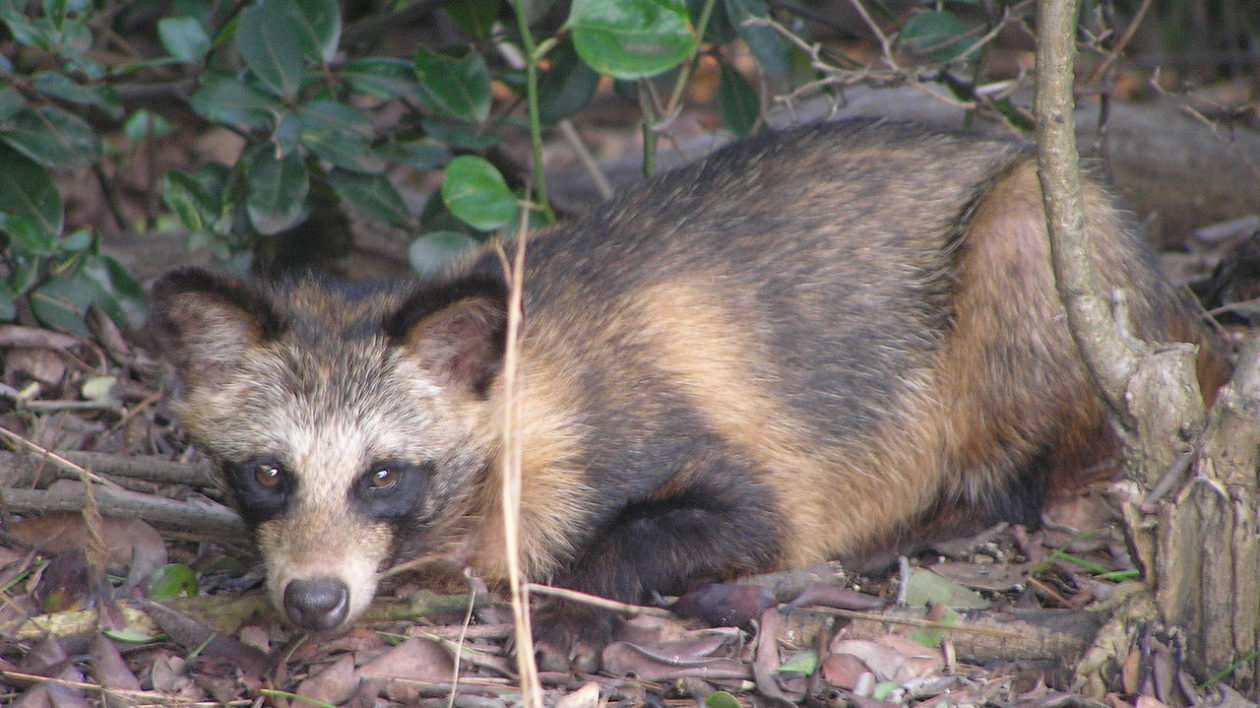
What canid was North America’s fastest endangered species recovery?
Three subspecies of island fox were listed under the Endangered Species Act in 2004 and then delisted in 2016, the fastest recovery in the act’s history.
The island fox is endemic to California’s Channel Islands, home to a range of interesting and unusual wildlife. Fox populations began declining precipitously in the 1990s due to a range of invasive species. The story of the fox’s decline and recovery is complex and fascinating. The short take is this: feral pigs on the islands proliferated, in turn drawing golden eagles from mainland California. These eagles ate not only piglets but the dwarf-sized foxes (they’re about the size of a house cat).
Recovery by partners including The Nature Conservancy (who owns 76 percent of Santa Cruz Island) included eradication of pigs, relocation of golden eagles and reestablishment of bald eagles. The foxes were bred in captivity and released – and have prospered.
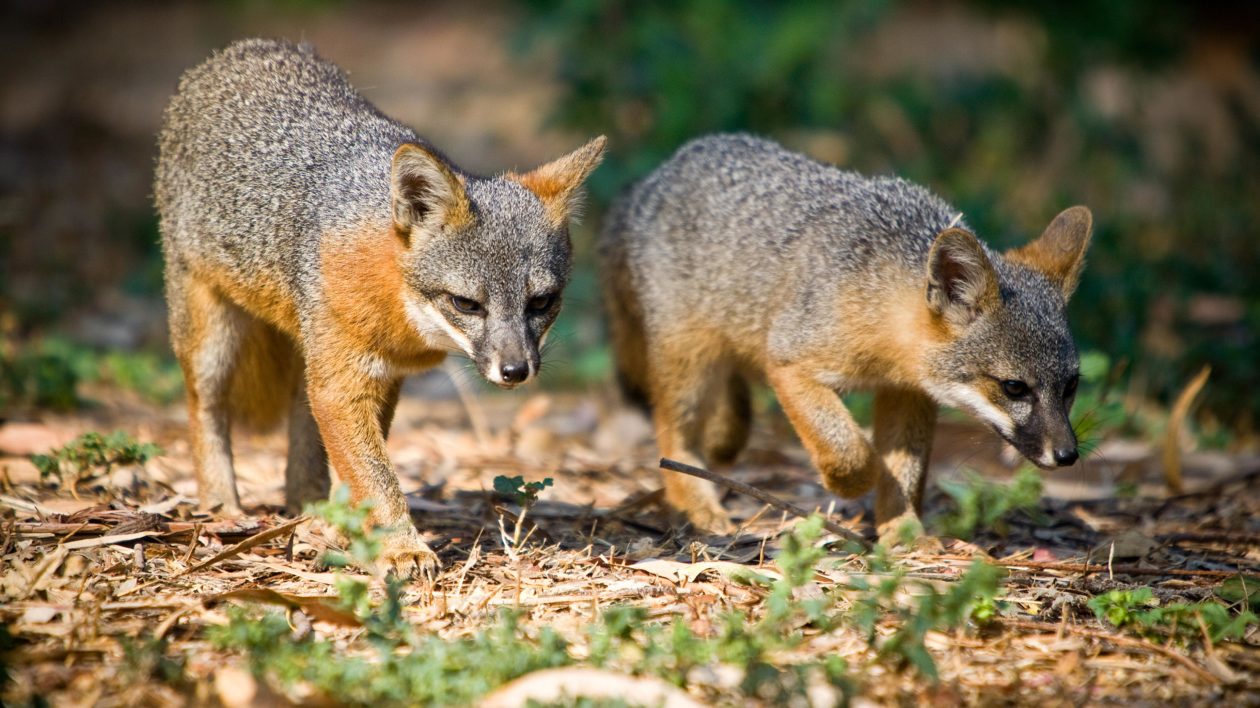
What canid whistles?
Many canids are known for their range of vocalizations, from yips to howls. The dhole, a reddish wild dog found in many parts of Asia, adds whistles to the repertoire. At short range, dholes communicate with each other by growling, yapping and even mewing. But at long ranges, they whistle (and in parts of their range, are known as the “whistling dog”).
According to the Dhole Conservation Fund, “The whistle call is great for the dense forest environment, as it travels well at ground level due to the double frequency and structure of the whistle.” Each dhole has a distinctive whistle, allowing individuals to communicate and presumably coordinate with pack members during a hunt in thick cover.
What’s the most endangered canid on Earth?
The Ethiopian wolf is often called the world’s most endangered canid species, with fewer than 500 individuals alive today. Found in the Ethiopian highlands, they resemble coyotes and feed mostly on high-altitude rodents.
The Ethiopan wolf faces a double-whammy of both a small population and severe habitat fragmentation. The remaining animals live in six populations, some as small as 15 individuals, separated from one another by hundreds of kilometers. This separation prevents wolves from moving between backs, putting the species at great risk of inbreeding.
Ethiopian wolves are also threatened by disease, habitat loss, human persecution, and vehicle collisions. On a positive note, the largest population of wolves, which numbers about 300 individuals, is located within a protected area in the Bale Mountains. (Learn more from the Ethiopian Wolf Conservation Programme.)
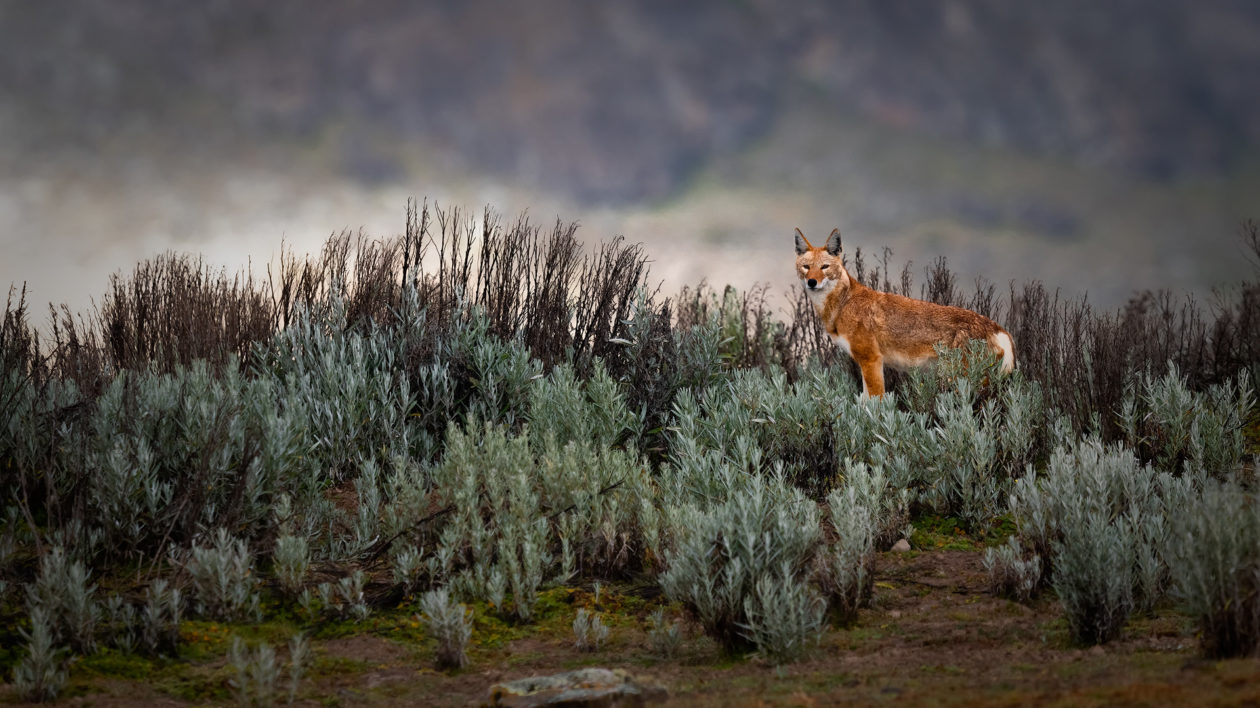
Is the red fox native or invasive in North America?
The conventional wisdom goes like this: Red foxes were brought to the southeastern United States by the British for fox hunting. That’s true. As such, many conclude red foxes are non-native. But that’s incorrect.
Genetic studies published in the Journal of Mammalogy found no evidence of European fox genetics in North American foxes. Rather, the genetics indicate that native red foxes naturally expanded their range into the southeastern United States. This was no doubt abetted by fewer competing predators like wolves and new habitats like agricultural areas and suburbs.
In the western United States, red foxes similarly expanded their range, but genetics indicate that there are also eastern red fox genetics present – likely due to escapees from fur farms. This may be why in many parts of the Rockies you see red foxes with silver and black coats.
Can you name the world’s smallest canid?
The world’s smallest canid is the fennec fox, which weighs between 2 and 3 pounds and is smaller than a house cat.
These pint-sized canids are found in Africa’s Sahara Desert and the Sinai Peninsula. They’re superbly evolved to live in such an arid environment. Their 6-inch-long ears help radiate body heat, and their coat has long, thick hair to protect them from the desert sun and freezing overnight temperatures. They can also regulate their temperatures by rapid panting, and have specially adapted kidneys to cope with a lack of water.
Fennec foxes live in small groups of up to 10 individuals, and they dig burrows in the sand to avoid the daytime heat. Their diet consists of rodents, reptiles, insects, eggs, and plants. Unfortunately, their small size and cute features have made fennec foxes popular pets, with wild animals trapped to exhibit or sell to tourists. Due to their remote habitat and secretive nature, scientists know comparatively little about their populations, but they are thought to be relatively healthy.
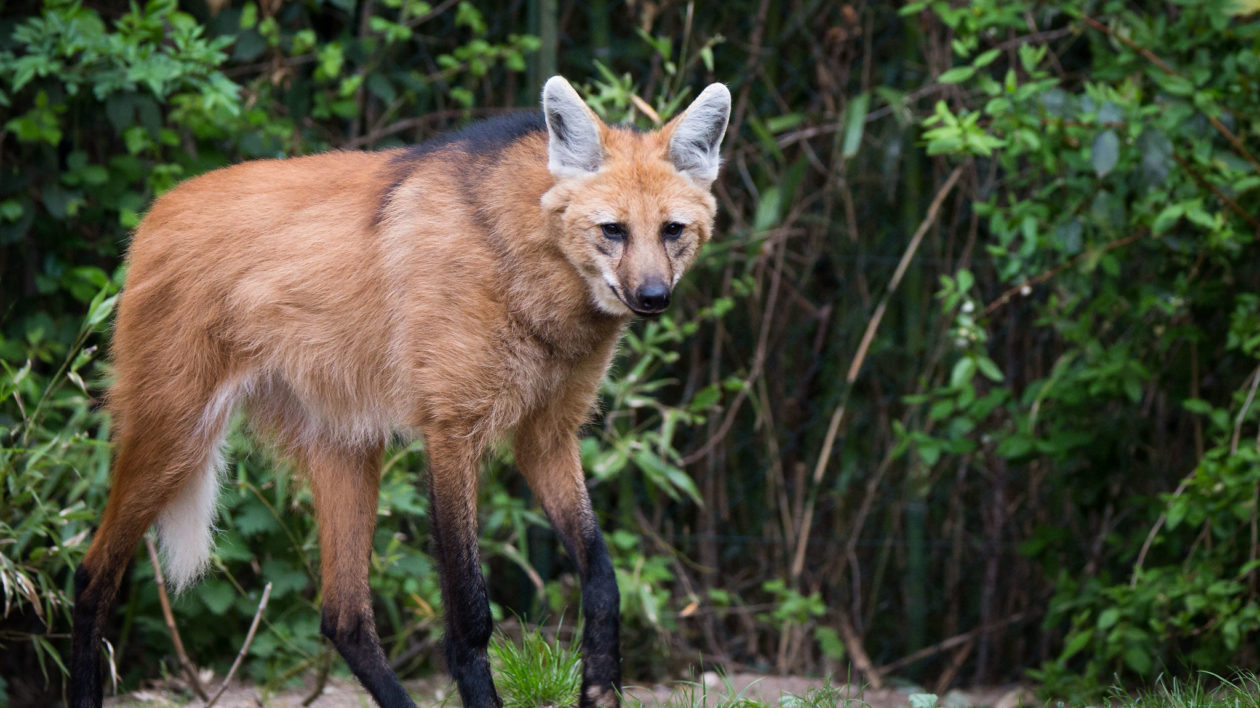
What is the animal in the picture above?
A maned wolf. Maned wolves are the largest species of canid in South America, found in the semi-open cerrado habitats of northern Argentina, south and central Brazil, Bolivia, and Paraguay. They might look more like a fox on stilts than a wolf, but the truth is they aren’t closely related to either. The maned wolf is the only member of its genus, Chrysocyon, and its closest living relative is the bush dog. (Humans drove another close relative, the Falkland Islands wolf, to extinction in the late 1800s.)
Maned wolves are omnivores, with plants forming at least 50 percent of their diet. They have a special preference for a berry called the wolf apple, or “fruit of the wolf.” Like other canids, maned wolves mark their territory using scent glands, but their particular odor is notable for smelling like cannabis.
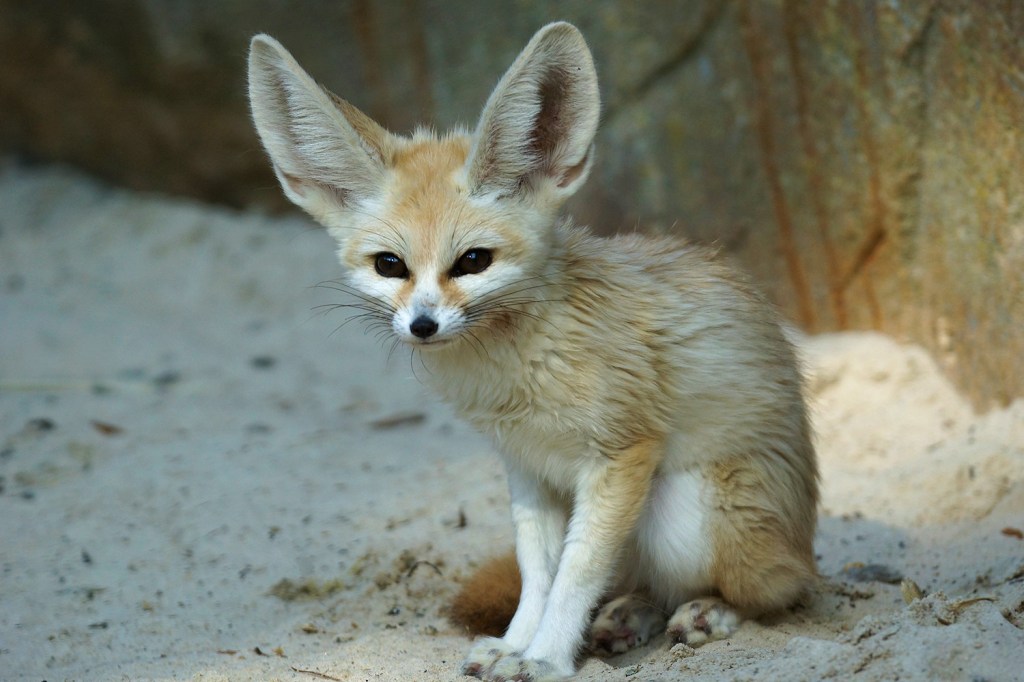



The red wolf has fewer numbers of any other new world canid. You also left out the singing dog of New Guinea.
The biggest issue with arguing dingoes to be native due to being in Australia for so long is that it ignores that humans have been ion Australia for even longer, and have been causing major ecological disturbances ever since (as in, multiple ecological functions being completely eliminated, largely as a result of total megafaunal collapse), meaning there was never any coexistence between dingoes and functioning Australian ecosystems.
I love it! Looking forward to more from your Nature Nerd Trivia- thank you 🙂
this is the best article I’ve ever seen